Filter by
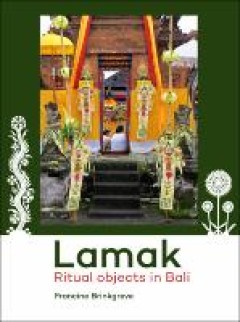
Lamak: ritual objects in Bali
This is the first study to examine in detail ritual objects known as ‘Lamak’, a fascinating and unique form of ephemeral material culture which is a prominent feature of Balinese creativity. A lamak is a long narrow ritual hanging that is an essential requirement at almost all rituals in Bali. It is hung from altars and shrines at temple festivals and on festive holy days. Made usually of p…
- Edition
- -
- ISBN/ISSN
- 9789088903908
- Collation
- 272 p
- Series Title
- -
- Call Number
- 745.0959862 FRA l
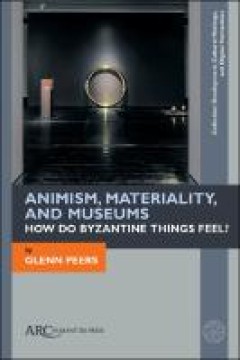
Animism, materiality, and museums: how do Byzantine things feel?
Among our most cherished modern assumptions is our distance from the material world we claim to love or, alternately, to dominate and own. As both devotional tool and art object, the Byzantine icon is rendered complicit in this distancing. According to well-established theological and scholarly explanations, the icon is a window onto the divine: it focuses and directs our minds to a higher unde…
- Edition
- -
- ISBN/ISSN
- 9781942401742
- Collation
- x, 167p.: ill.
- Series Title
- -
- Call Number
- 709.0214 PEE a
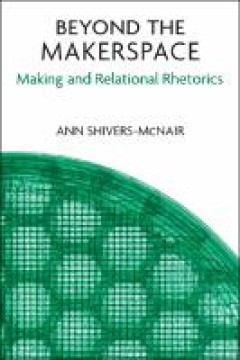
Beyond the makerspace: making and relational rhetorics
Makerspaces—local workshops that offer access to and training on fabrication technologies, often with a focus on creativity, education, and entrepreneurship—proliferated in the 2010s, popping up in cities across the world. Beyond the Makerspace is a longitudinal, ethnographically informed study of a particular Seattle makerspace that begins in 2015 and ends with the closing of the space in …
- Edition
- -
- ISBN/ISSN
- -
- Collation
- IX, 148 p.
- Series Title
- Sweetland Digital Rhetoric Collaborative,
- Call Number
- 428.00712 SHI b
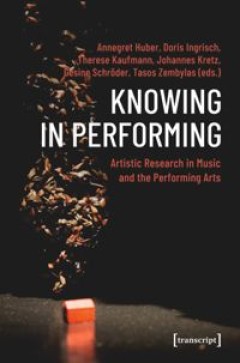
Knowing in performing: artistic research in music and the performing arts
How can performing be transformed into cognition? Knowing in Performing describes dynamic processes of artistic knowledge production in music and the performing arts. Knowing refers to how processual, embodied, and tacit knowledge can be developed from performative practices in music, dance, theatre, and film. By exploring the field of artistic research as a constantly transforming space for pa…
- Edition
- -
- ISBN/ISSN
- 9780429323058
- Collation
- 224 p.
- Series Title
- -
- Call Number
- 790.2 KNO K
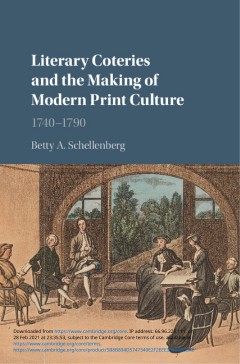
Literary coteries and the making of modern print culture, 1740-1790
Literary Coteries and the Making of Modern Print Culture offers the first study of manuscript-producing coteries as an integral element of eighteenth-century Britain's literary culture. As a corrective to literary histories assuming that the dominance of print meant the demise of a vital scribal culture, the book profiles four interrelated and influential coteries, focusing on each group's depl…
- Edition
- -
- ISBN/ISSN
- 9781316423202
- Collation
- xii, 308p. : ill.
- Series Title
- -
- Call Number
- 820.9006 SCH l
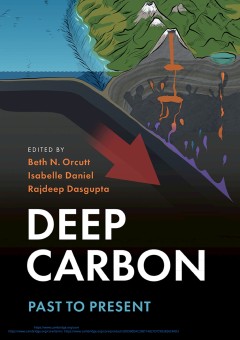
Deep carbon : past to present
Carbon is one of the most important elements of our planet, and ninety percent of it resides inside Earth's interior. This book summarizes ten years of research by scientists involved in the Deep Carbon Observatory, a global community of 1200 scientists. It is a comprehensive guide to carbon inside Earth, including its quantities, movements, forms, origins, changes over time, and impact on plan…
- Edition
- -
- ISBN/ISSN
- 9781108677950
- Collation
- xv, 669p. : ill.
- Series Title
- -
- Call Number
- 549.27 DEE d
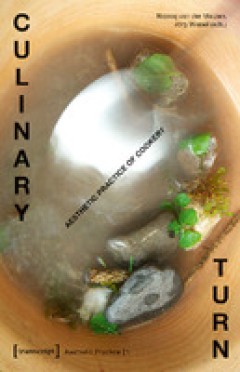
Culinary turn: aesthetic practice of cookery
Kitchen, cooking, nutrition, and eating have become omnipresent cultural topics. They stand at the center of design, gastronomy, nutrition science, and agriculture. Artists have appropriated cooking as an aesthetic practice – in turn, cooks are adapting the staging practices that go with an artistic self-image. This development is accompanied by a philosophy of cooking as a speculative cultur…
- Edition
- -
- ISBN/ISSN
- 9783839430316
- Collation
- 324 p. : ill. (chiefly color) ; 24 cm.
- Series Title
- Aesthetic practice ; volume 1
- Call Number
- 641.013 CUL c
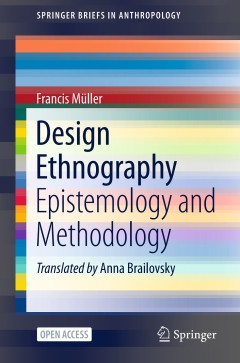
Design ethnography : epistemology and methodology
This open access book describes methods for research on and research through design. It posits that ethnography is an appropriate method for design research because it constantly orients itself, like design projects, towards social realities. In research processes, designers acquire project-specific knowledge, which happens mostly intuitively in practice. When this knowledge becomes the subject…
- Edition
- -
- ISBN/ISSN
- 9783030603960
- Collation
- ix, 93p. : ill.
- Series Title
- -
- Call Number
- 305.8 MUL d
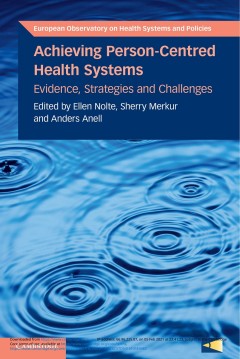
Achieving person-centred health systems : evidence, strategies and challenges
The idea of person-centred health systems is widely advocated in political and policy declarations to better address health system challenges. A person-centred approach is advocated on political, ethical and instrumental grounds and believed to benefit service users, health professionals and the health system more broadly. However, there is continuing debate about the strategies that are availa…
- Edition
- -
- ISBN/ISSN
- 9781108855464
- Collation
- xxiii, 396p. : ill.
- Series Title
- -
- Call Number
- 362.1094 ACH a

Social media and democracy : the state of the field, prospects for reform
Over the last five years, widespread concern about the effects of social media on democracy has led to an explosion in research from different disciplines and corners of academia. This book is the first of its kind to take stock of this emerging multi-disciplinary field by synthesizing what we know, identifying what we do not know and obstacles to future research, and charting a course for the …
- Edition
- -
- ISBN/ISSN
- 9781108890960
- Collation
- xvii, 345p. : ill.
- Series Title
- -
- Call Number
- 302.231 SOC s
 Computer Science, Information & General Works
Computer Science, Information & General Works  Philosophy & Psychology
Philosophy & Psychology  Religion
Religion  Social Sciences
Social Sciences  Language
Language  Pure Science
Pure Science  Applied Sciences
Applied Sciences  Art & Recreation
Art & Recreation  Literature
Literature  History & Geography
History & Geography